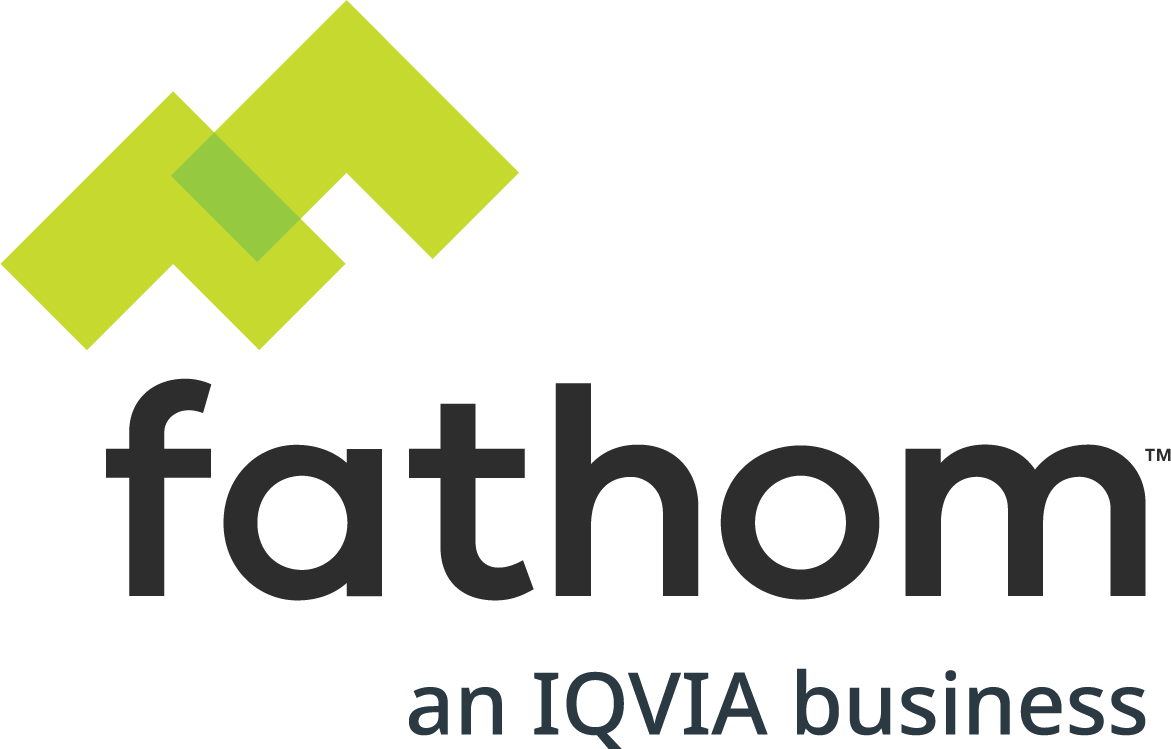TOP HOSPITALS TRUST FATHOM
















CASE STUDIES
we help healthcare
CMOs and VPs
overcome their biggest
digital marketing challenges
EXPERTISE
see why our average client tenure is more than double the industry standard

“It is uncommon to find an outside partner who takes pride in fully understanding and co-owning your business strategy. Fathom has felt like a true extension of our team.”
Peter May
Director, Marketing and Communications
Henry Ford Health System






